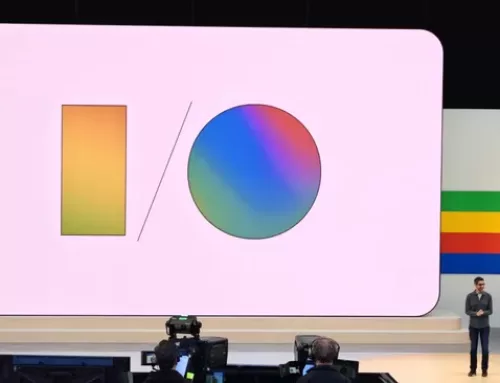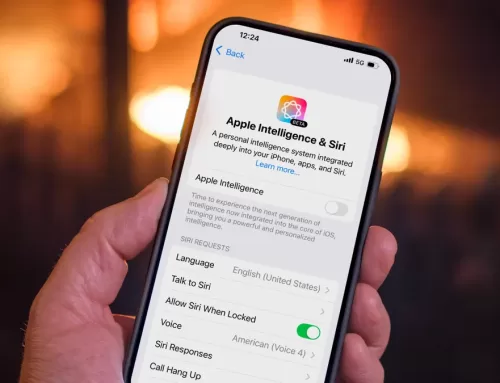QNodeOS is the world’s first operating system designed for quantum computers and will enable connections between different types of quantum computers.
Scientists have developed the world’s first operating system designed for quantum computers, which could let quantum computers connect with each other, thereby paving the way for a quantum internet.
An operating system, such as Microsoft Windows or Apple iOS, is the program responsible for managing every other application on a computer. However, most quantum computers are designed and built for a specific function; for example, to run an experiment or simulation.
This limits the potential functionality of quantum computers and hampers their connectivity. There are also different types of quantum computers that use different kinds of quantum bits (qubits) to achieve quantum superposition in different ways.
But on March 12, scientists published a new study in Nature describing QNodeOS, an operating system for quantum computers that works with all kinds of machines irrespective of the type of qubits they use.
Such an operating system would enable multiple quantum computers to be connected together and controlled by the same central platform.
The future of quantum computing
QNodeOS operates by combining a classical network processing unit (CNPU), which is the logical element for initiating the execution of the code, with a quantum network processing unit (QNPU), which controls the quantum code.
Together, the CNPU and QNPU form the QNodeOS, which controls a separate quantum device, called the QDevice.
The QDevice is quantum hardware-dependent technology responsible for executing quantum operations (gates, measurements and entanglements). There would need to be a QDevice for every quantum computer that the QNodeOS is required to operate.
A key component of the QNodeOS is the QDriver, which connects the QNodeOS to the QDevice. The QDriver is the only part of the QNodeOS that is quantum hardware-dependent. It translates the platform-independent quantum operations from QNodeOS into platform-dependent instructions and vice versa, thus enabling the QNodeOS to control different types of quantum computers. Executing a process also requires NetQASM — a universal, platform-independent instruction set architecture for quantum internet applications.
The scientists demonstrated the QNodeOS by connecting different quantum computers together (two made from processed diamonds with nitrogen vacancy centers and another made from electrically changed atoms) and running a test program, in a similar way to how a classical computer performs a calculation using cloud computing.
Toate categoriile:
Toate tag-urile:









